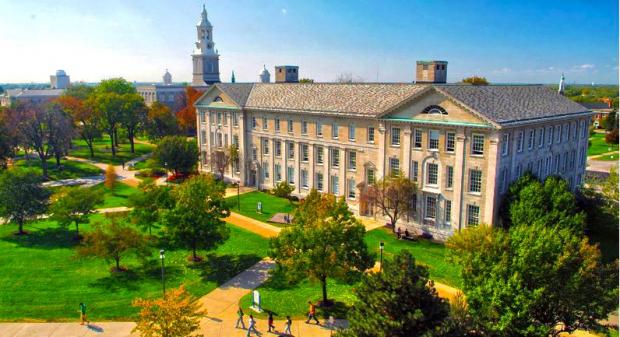Letters to the Public: Sliming the Messengers
In response to SUNY Distinguished Professor Bruce Jackson’s opinion piece “Sliming the UB Foundation” (The Public, June 8), it seems like a good time to recommend that Dr. Jackson step back, take a deep breath, and stop the use of inflammatory language like “jihad” to describe the efforts of fellow UB professors who are trying to comprehend the inner workings and outside influence of the area’s largest not-for-profit—the UB Foundation. In the spirit of open inquiry, they should not be so vilified by a colleague, from the private platform Dr. Jackson enjoys at The Public.
It’s also counterproductive to rational discourse to characterize reporters as “stenographers.” Jay Tokasz of the Buffalo News has done a remarkably thorough job in recent stories, weaving together many threads dating back to the founding of the UB Foundation in 1962—obviously tapping into many disparate sources, including extensive comment by UB Foundation executive director Edward Schneider. He deserves great credit for his work, not flippant derision.
I would also like Dr. Jackson to explain how my Artvoice article “The Great UB Heist,” published in March 2011, could have been “stenography” for the UB-AAUP group—whose first white paper came out in June 2015.
Similarly careless is Dr. Jackson’s repeated misspelling of UB Law Professor Martha McCluskey’s name. Six times he spells it “McClusky.” It’s an unbecoming repeated error for the SUNY Distinguished Professor and James Agee Professor of American Culture. Dismiss it as a serial typo, but a conscientious court stenographer would have done a better job.
Dr. Jackson’s public character assassination of English professor James Holstun, law professor Martha McCluskey, political science Professor Stephen Halpern, and English professor Kenneth Dauber likely sounds a chilling note to other faculty who believe in the spirit of inquiry that citizens of New York should demand from the flagship campus of their state university.
The research the UB-AAUP chapter has done discredits Dr. Jackson’s assertion that the UB Foundation is entirely privately funded, and that none of its money comes from state sources. They claim that money from state endowment funds, UB mandated fees, student charges, educational programs, continuing education, dormitory rentals, UB properties, and intellectual property all flow through the UB Foundation.
If such is not the case, the way to prove it is to open the books—not to stand on a soap box and declare: “Nothing is going on. It is a lot of sound and fury, signifying nothing,” as Dr. Jackson does. If the facts to disprove the charge are so close at hand, share them with the community, and let us move on.
Against the backdrop of a looming student loan debt crisis, it is also troubling that in 2013, the UB Foundation spent 39 percent on salaries, but only seven percent on scholarships for UB students, according to the UB-AAUP. This would be a radical departure from the original 1962 mission statement of the UB Foundation. Again, the efficient way to dismiss such charges would be through public transparency.
Now is not the time to slime the messengers of persistently inconvenient news. Rather, this time should be seen as an opportunity to strengthen the reputation of both the UB Foundation and the great State University it supports.
In the fullness of time, it will become obvious to everyone—not just a few reporters and faculty members, not just the current 143 signers to the “Petition for UB Transparency” website, not just the New York State Committee on Open Government, and not just a growing number of New York State legislators—that opening the books of the UB Foundation and exposing it to sunlight is the best way to silence its critics, rid itself of any slime that may or may not exist, and ensure its ethical conduct into the future, for the ongoing benefit of UB.

